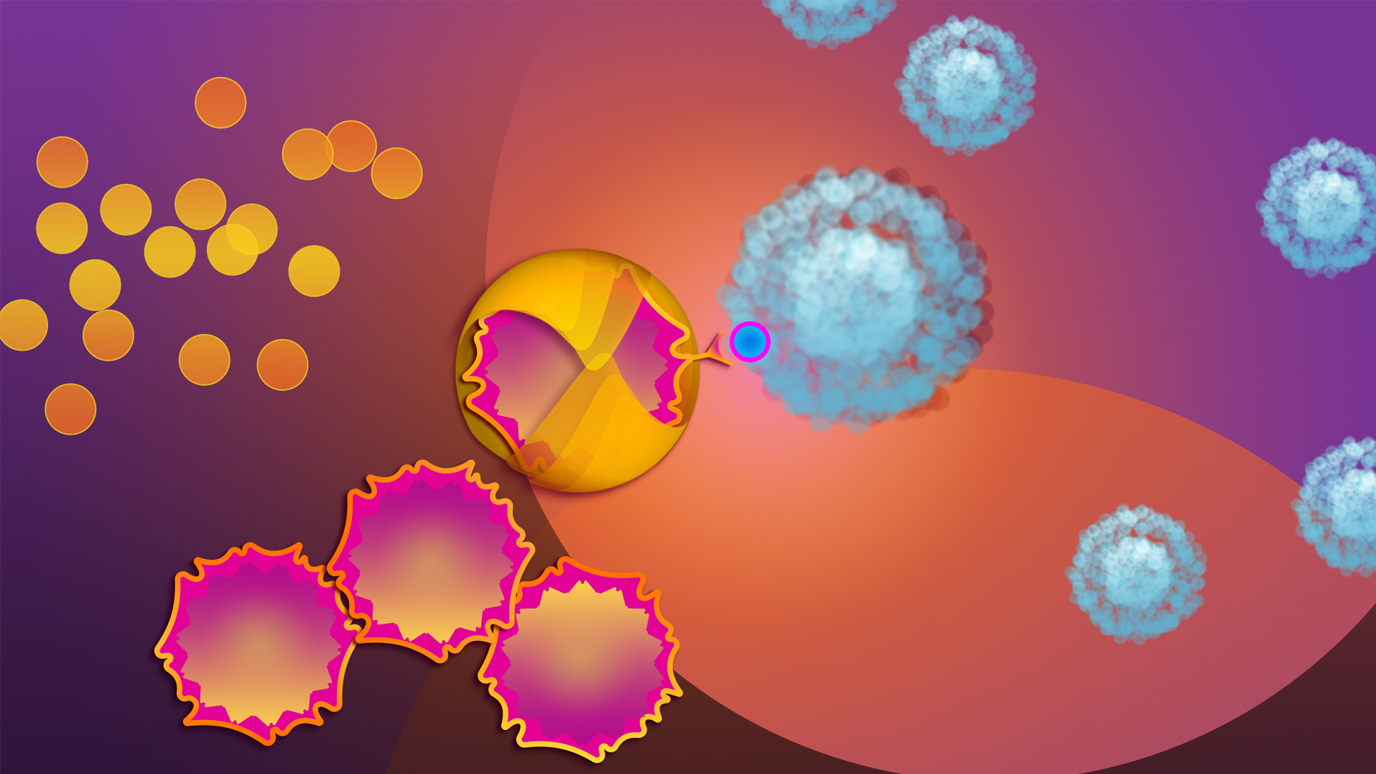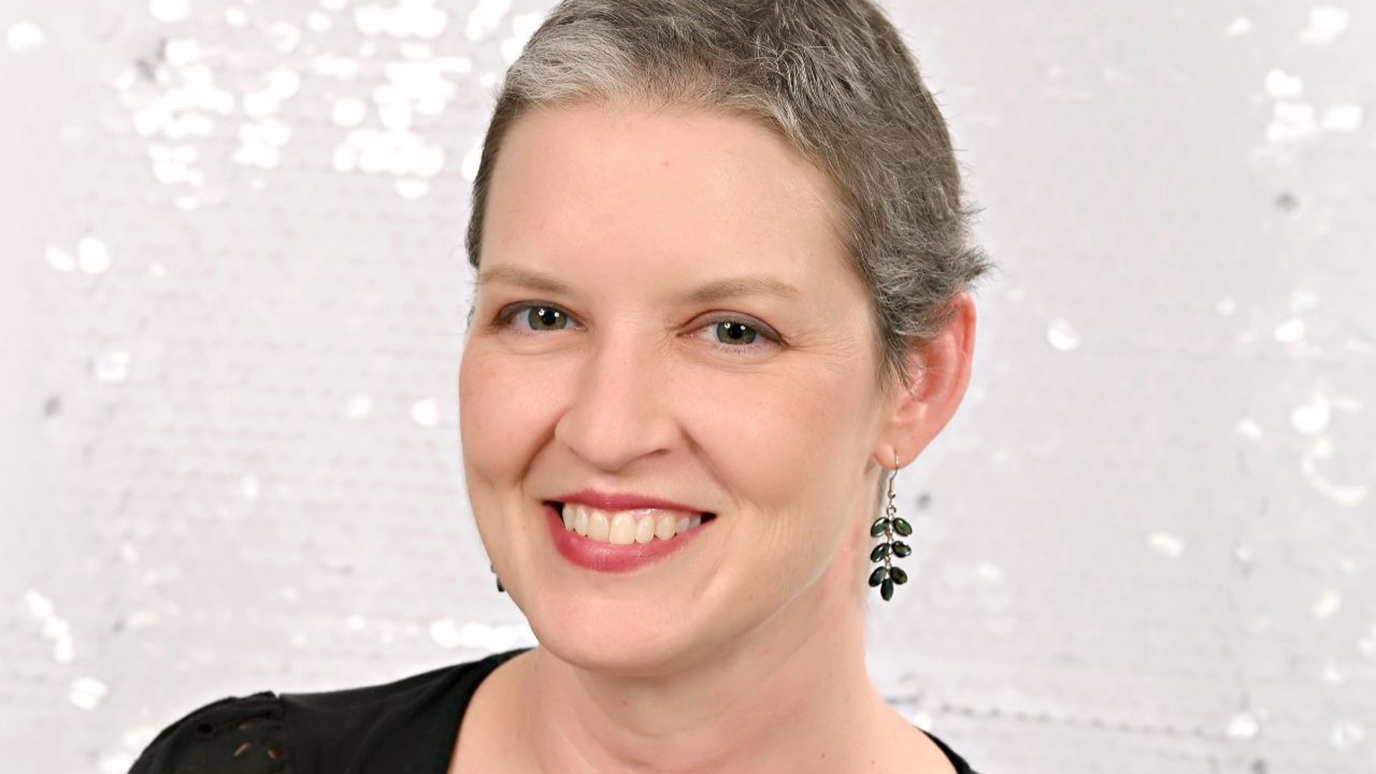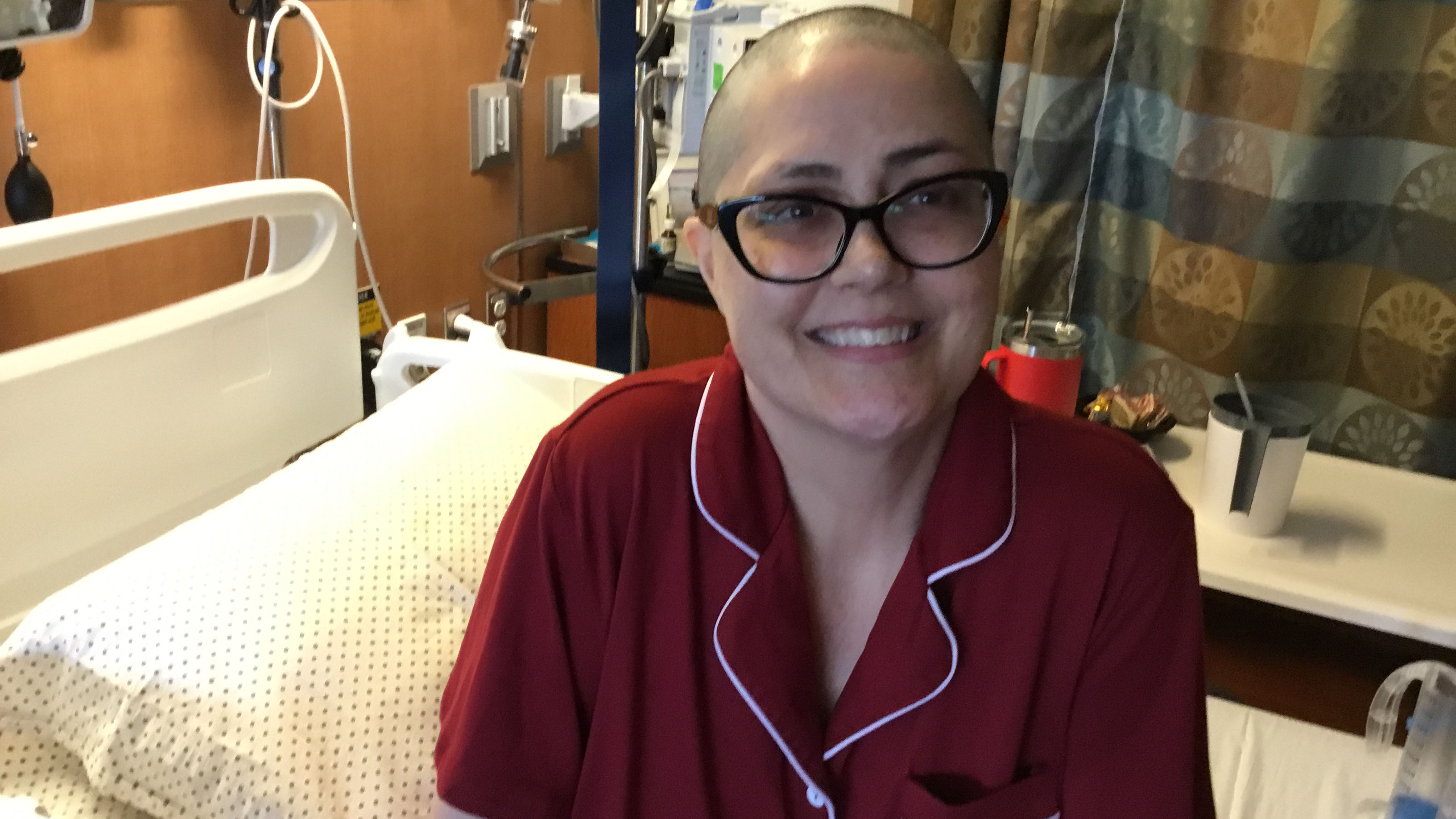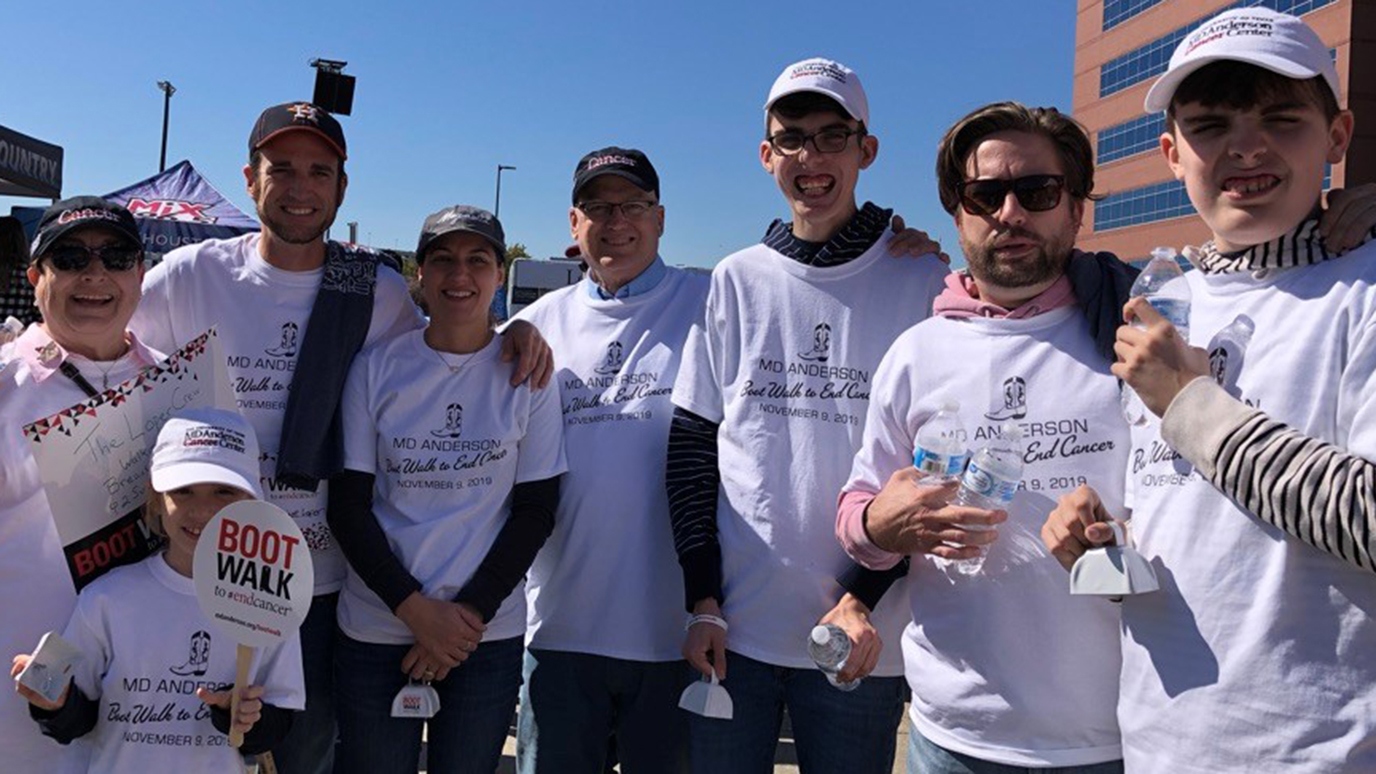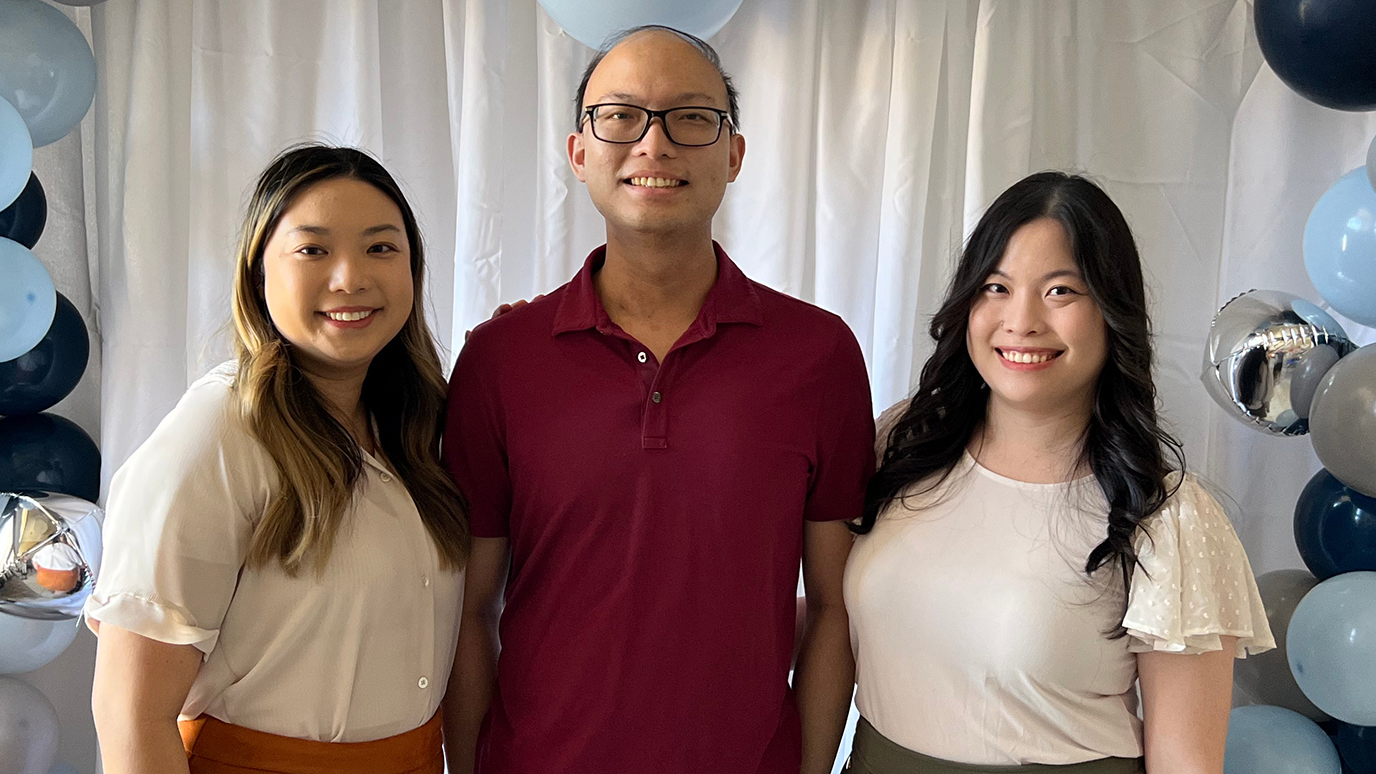- Diseases
- Acoustic Neuroma (16)
- Adrenal Gland Tumor (24)
- Anal Cancer (70)
- Anemia (2)
- Appendix Cancer (18)
- Bile Duct Cancer (26)
- Bladder Cancer (74)
- Brain Metastases (28)
- Brain Tumor (234)
- Breast Cancer (726)
- Breast Implant-Associated Anaplastic Large Cell Lymphoma (2)
- Cancer of Unknown Primary (4)
- Carcinoid Tumor (8)
- Cervical Cancer (164)
- Colon Cancer (168)
- Colorectal Cancer (118)
- Endocrine Tumor (4)
- Esophageal Cancer (44)
- Eye Cancer (36)
- Fallopian Tube Cancer (8)
- Germ Cell Tumor (4)
- Gestational Trophoblastic Disease (2)
- Head and Neck Cancer (14)
- Kidney Cancer (130)
- Leukemia (342)
- Liver Cancer (50)
- Lung Cancer (286)
- Lymphoma (278)
- Mesothelioma (14)
- Metastasis (30)
- Multiple Myeloma (100)
- Myelodysplastic Syndrome (60)
- Myeloproliferative Neoplasm (6)
- Neuroendocrine Tumors (16)
- Oral Cancer (102)
- Ovarian Cancer (178)
- Pancreatic Cancer (160)
- Parathyroid Disease (2)
- Penile Cancer (14)
- Pituitary Tumor (6)
- Prostate Cancer (150)
- Rectal Cancer (58)
- Renal Medullary Carcinoma (6)
- Salivary Gland Cancer (14)
- Sarcoma (238)
- Skin Cancer (300)
- Skull Base Tumors (56)
- Spinal Tumor (12)
- Stomach Cancer (66)
- Testicular Cancer (28)
- Throat Cancer (92)
- Thymoma (6)
- Thyroid Cancer (100)
- Tonsil Cancer (30)
- Uterine Cancer (86)
- Vaginal Cancer (18)
- Vulvar Cancer (22)
- Cancer Topic
- Adolescent and Young Adult Cancer Issues (22)
- Advance Care Planning (12)
- Biostatistics (2)
- Blood Donation (18)
- Bone Health (8)
- COVID-19 (360)
- Cancer Recurrence (120)
- Childhood Cancer Issues (120)
- Clinical Trials (628)
- Complementary Integrative Medicine (22)
- Cytogenetics (2)
- DNA Methylation (4)
- Diagnosis (238)
- Epigenetics (6)
- Fertility (62)
- Follow-up Guidelines (2)
- Health Disparities (14)
- Hereditary Cancer Syndromes (128)
- Immunology (18)
- Li-Fraumeni Syndrome (8)
- Mental Health (122)
- Molecular Diagnostics (8)
- Pain Management (62)
- Palliative Care (8)
- Pathology (10)
- Physical Therapy (18)
- Pregnancy (18)
- Prevention (936)
- Research (390)
- Second Opinion (78)
- Sexuality (16)
- Side Effects (616)
- Sleep Disorders (10)
- Stem Cell Transplantation Cellular Therapy (216)
- Support (408)
- Survivorship (328)
- Symptoms (182)
- Treatment (1788)
Multiple myeloma survivor: Why I chose MD Anderson for my cancer treatment
5 minute read | Published March 18, 2021
Medically Reviewed | Last reviewed by an MD Anderson Cancer Center medical professional on March 18, 2021
I’m an orthopedic surgeon at one of the largest general hospitals in the Houston area. It serves as a major trauma center for the entire region. So, if I’m ever in a car accident, that’s definitely where I want to be taken. I gave birth to my son there in 2017, too, because I really like its obstetrics staff. They all provided me with excellent care.
But when I was diagnosed with multiple myeloma in May 2018, I wanted to be someplace that’s on the cutting edge of treating this disease. I also wanted to be treated by a multiple myeloma specialist, not a general oncologist who sees only a few cases of myeloma a year.
MD Anderson’s doctors specialize in specific types of cancer. It’s also ranked No. 1 in the nation for cancer care. So, I knew that’s where I had to be.
My multiple myeloma symptoms
I found out I had multiple myeloma after experiencing some unusual symptoms for a couple of months.
Between my day job as a surgeon and my 24/7 job as the mother of a then-7-month-old baby, I initially chalked up the pain in my ribs and sternum to simply overdoing it. But the chest pain eventually drove me to seek help at an emergency room. There, I was diagnosed with costochondritis, or inflammation of the cartilage in the rib cage. I took an over-the-counter anti-inflammatory medication to calm it down and started physical therapy.
Then, on the Friday before Memorial Day, I started experiencing back pain, too, after doing some heavy lifting at work. But I was on call that weekend, so I powered through it. I operated on trauma patients for eight hours straight. When the back pain got worse on Saturday, I attributed it to just being very busy. But by Sunday afternoon, the pain was so intense that even the medication wasn’t working. I went home after my first procedure and collapsed into bed.
My multiple myeloma diagnosis
When I couldn’t get back up a few hours later, I knew something was really wrong. I just never dreamed that the “something wrong” might be cancer. I was only 36 at the time and otherwise physically fit.
My husband took me to the emergency room at my job. I talked to the doctor there about getting a spine MRI, as I was concerned I might have a herniated disc. But when my colleague heard about my other symptoms, he insisted on doing labs and an EKG, too. Then the results came back, and he told me I was really sick. I needed to be admitted to the hospital right away.
It turns out that I was in acute kidney failure. I was also anemic and had very high calcium levels. The next morning, the medical team there informed me I had cancer. I was pretty shocked. I was even more surprised to learn it was multiple myeloma. I’d thought I was too young for that disease.
A CT scan revealed I had three fractured ribs and two fractured vertebra from the cancer displacing and weakening healthy bone. I couldn’t believe I’d been working and functioning with all of this going on in my body!
My multiple myeloma treatment plan
I promptly called MD Anderson and got an appointment there with lymphoma and myeloma specialist Dr. Hans Lee. I told him that I wanted to take a very aggressive approach, since I was so young. He put me on a three-drug induction chemotherapy right away, to decrease the amount of cancer in my body in preparation for an autologous stem cell transplant. The transplant would use my own cells to “reboot” my immune system after chemotherapy had shut it down.
Before we proceeded with the transplant, though, Dr. Lee and stem cell transplant specialist Dr. Muzaffar Qazilbash presented my case at a monthly tumor board. They wanted to get their colleagues’ feedback on how to proceed, since I was so young for a multiple myeloma patient. Having an entire team of myeloma specialists weigh in on my situation sounded fantastic.
Afterward, Dr. Qazilbash recommended modifying my conditioning chemotherapy regimen. It would now be a two-drug regimen combining melphalan and busulfan. MD Anderson had done clinical trials on it, and had found that it could provide some patients with a longer remission period after transplant.
Since I was so young and wanted to live as long as possible, the more aggressive conditioning chemotherapy was a good option for me. I was admitted to MD Anderson on Oct. 17, 2018, and had the stem cell transplant there under Dr. Muzaffar Qazilbash on October 25. Within four months, I was in complete remission. That meant the cancer was undetectable in either my blood or bone marrow.
Savoring remission, but thinking ahead
I’ve been in complete remission now for two years. Unfortunately, no one has ever been cured of multiple myeloma. So, I know it’s only a matter of time until the cancer comes back.
To delay that “someday” as long as I can, I’ll continue taking a daily maintenance dose of a drug called lenalidomide by mouth — three weeks on, one week off. I’ll also get regular injections of a drug called denosumab to strengthen my bones and prevent additional fractures. I plan to do this as long as my body can tolerate it.
In the end, I know that multiple myeloma may win. But I’m only 39 now, and my son is just 3. New discoveries are being made in myeloma treatment all the time. And MD Anderson is contributing to the search for better treatments and a cure. So, I will keep fighting, too.
People with multiple myeloma are surviving longer now, thanks to MD Anderson and its doctors and clinical trials. That gives me a lot of hope. Because when I relapse, I want every possible option to be available to me. At MD Anderson, I know I will have that.
Request an appointment at MD Anderson online or by calling 1-855-376-8457.
Related Cancerwise Stories

I want every possible option to be available to me.
Lindsay Crawford Suber, M.D.
Survivor

